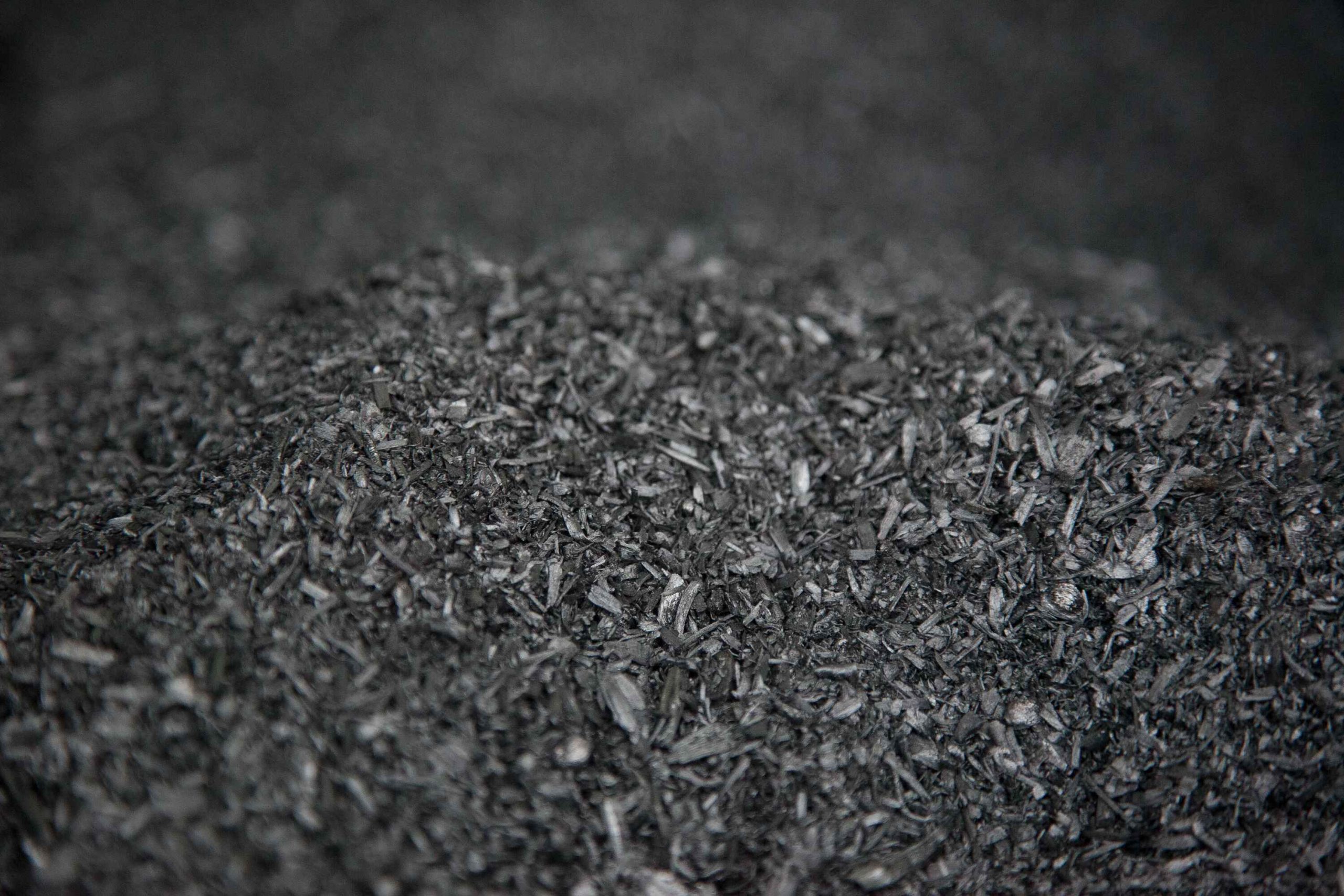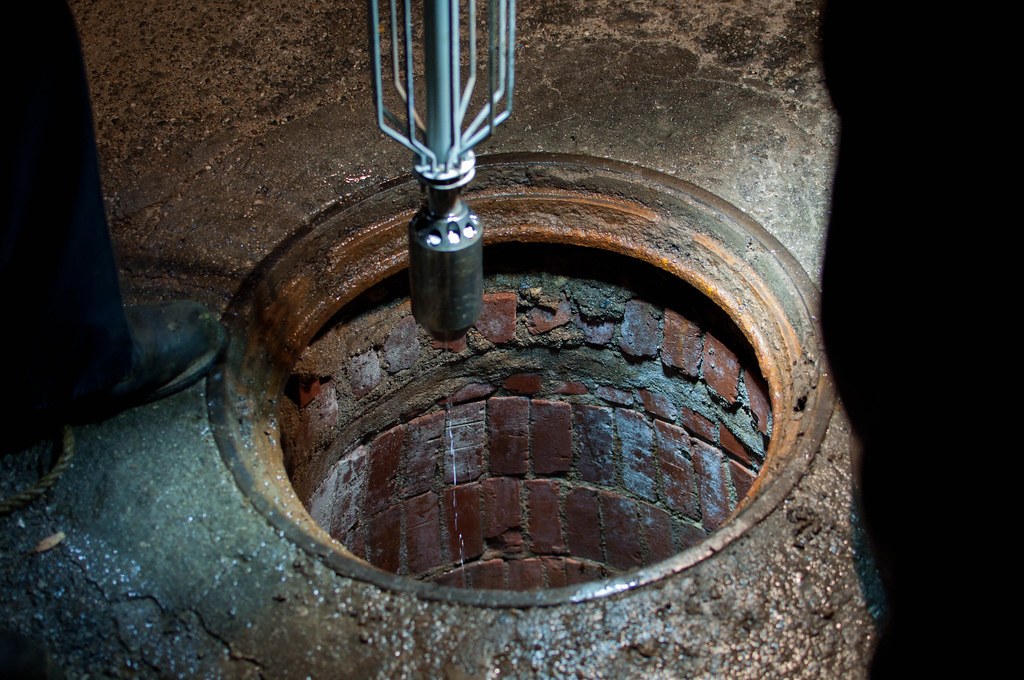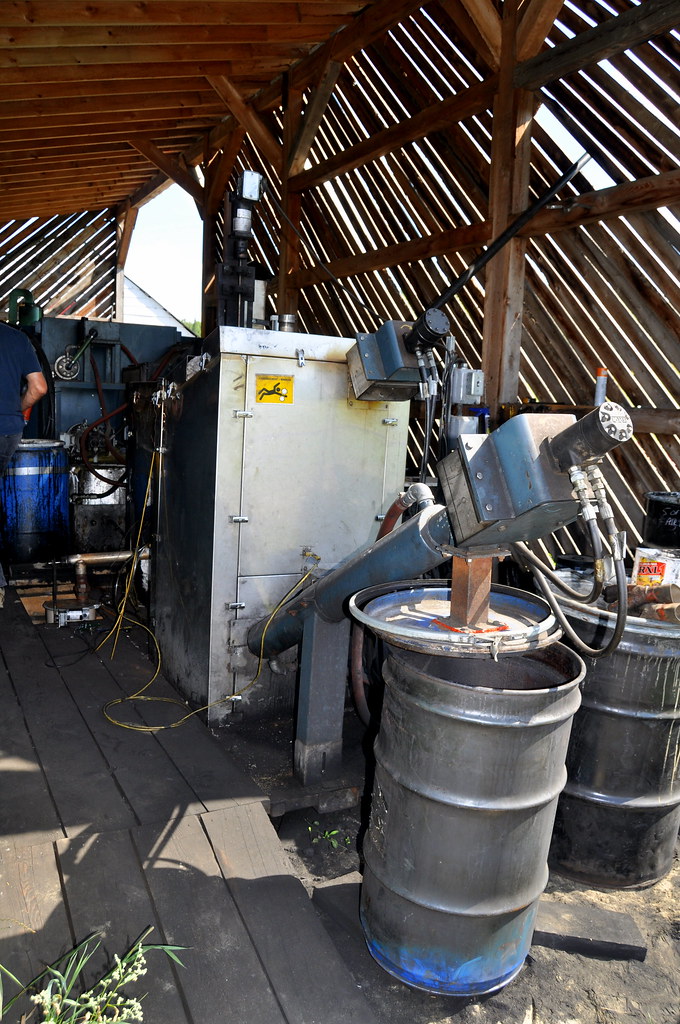Charting the Next Frontier: The Evolving Landscape of Mycelium-Based Materials in India
As India accelerates its transition toward sustainable materials, mushroom mycelium-based innovations stand at the cusp of transformative growth. The convergence of scientific breakthroughs, supportive policy frameworks, and entrepreneurial energy is positioning India to lead in the global bio-based materials revolution. This section explores the nuanced future possibilities for mycelium-derived alternatives, drawing on research, policy, and expert perspectives rooted in the Indian context.
Genetic Engineering and AI: Catalysts for Material Innovation
The future of mycelium-based materials hinges on scientific advancements that enhance their performance and scalability. Indian research institutions such as the Indian Institute of Technology (IIT) Delhi and the National Institute of Interdisciplinary Science and Technology (NIIST) are spearheading efforts to genetically optimize fungal strains for increased tensile strength, water resistance, and rapid growth cycles. For instance, a 2023 NIIST study demonstrated that CRISPR-edited strains of *Ganoderma lucidum* yielded composites with 30% higher durability, making them suitable for demanding applications in construction and automotive sectors.
Artificial intelligence is also reshaping production. Startups like Bengaluru-based MycoTech Solutions are piloting AI-driven process controls to monitor humidity, temperature, and nutrient levels in real time, reducing waste and improving yield consistency. According to Dr. Shalini Menon, a materials scientist at IIT Madras, “Integrating AI with bioprocessing is a game-changer for scaling up mycelium materials while maintaining quality standards.” These innovations are critical for meeting the rigorous demands of industrial clients and public procurement agencies.
Policy Levers and Industrial Uptake: From Niche to Mainstream
India’s regulatory environment is increasingly favorable to bio-based materials. The 2022 amendment to the Plastic Waste Management Rules, which mandates extended producer responsibility (EPR) for plastic alternatives, has incentivized industries to seek biodegradable solutions. Major electronics and food packaging companies, including Tata Consumer Products and Godrej, have initiated pilot projects replacing expanded polystyrene with mycelium-based packaging.
Public procurement is emerging as a powerful driver. Under the National Bio-Economy Mission, government tenders now prioritize sustainable materials for infrastructure and public events. The Ministry of Micro, Small and Medium Enterprises (MSME) has launched capacity-building programs to help local manufacturers transition to mycelium-based production, further accelerating market adoption.
Diversification: Beyond Packaging to Textiles and Construction
The versatility of mycelium extends far beyond packaging. Indian innovators are developing mycelium-based textiles and leather alternatives, responding to the global demand for cruelty-free, sustainable fashion. Mumbai-based Phool, known for its “Fleather” (a mycelium leather substitute), has partnered with luxury brands to produce handbags and footwear, creating new value chains and employment opportunities.
In construction, mycelium insulation panels and bricks are being tested for affordable housing projects in Kerala and Maharashtra. These materials offer superior thermal performance and biodegradability compared to conventional options. The Indian Green Building Council (IGBC) is evaluating standards for certifying such bio-based construction materials, signaling their potential mainstream adoption.
India as a Global Bioeconomy Hub: Vision and Ecosystem
India’s agricultural abundance and vibrant startup ecosystem provide a unique foundation for global leadership in bio-based materials. The National Bio-Economy Mission envisions a $100 billion bioeconomy by 2025, with mycelium-based innovations as a key pillar. This aligns with India’s commitments under the Sustainable Development Goals (SDGs), particularly SDG 12 (Responsible Consumption and Production) and SDG 9 (Industry, Innovation, and Infrastructure).
International collaborations are amplifying India’s capabilities. The Department of Biotechnology’s partnership with the European Union’s Bio-Based Industries Joint Undertaking (BBI JU) is facilitating technology transfer and joint research on fungal composites. As Dr. Ramesh Chand, Member, NITI Aayog, notes, “India’s bioeconomy is not just about import substitution—it’s about setting global benchmarks in innovation and sustainability.”
Expert Perspectives: Navigating Challenges and Opportunities
Indian experts emphasize the need for holistic policy support and inclusive innovation. Dr. Anuradha Joshi, Director at the Centre for Sustainable Materials, TERI, highlights, “Scaling mycelium-based materials requires synchronized action—R&D funding, skill development, and market incentives. Without rural inclusion and gender equity, the benefits will remain concentrated.”
Pilot programs in Andhra Pradesh and Odisha, supported by the Deendayal Antyodaya Yojana, are training women and marginalized communities in mycelium cultivation and processing. These initiatives demonstrate how bio-based innovation can drive both environmental and social impact.
Looking ahead, the integration of digital platforms—such as the MyGov portal and Atal Innovation Mission—will be vital for democratizing access to knowledge, funding, and markets. As India refines its regulatory and innovation ecosystems, mycelium-based materials are poised to become a cornerstone of the nation’s sustainable future.
—
These developments underscore India’s potential to lead the global transition toward a circular, inclusive, and innovation-driven bioeconomy.













